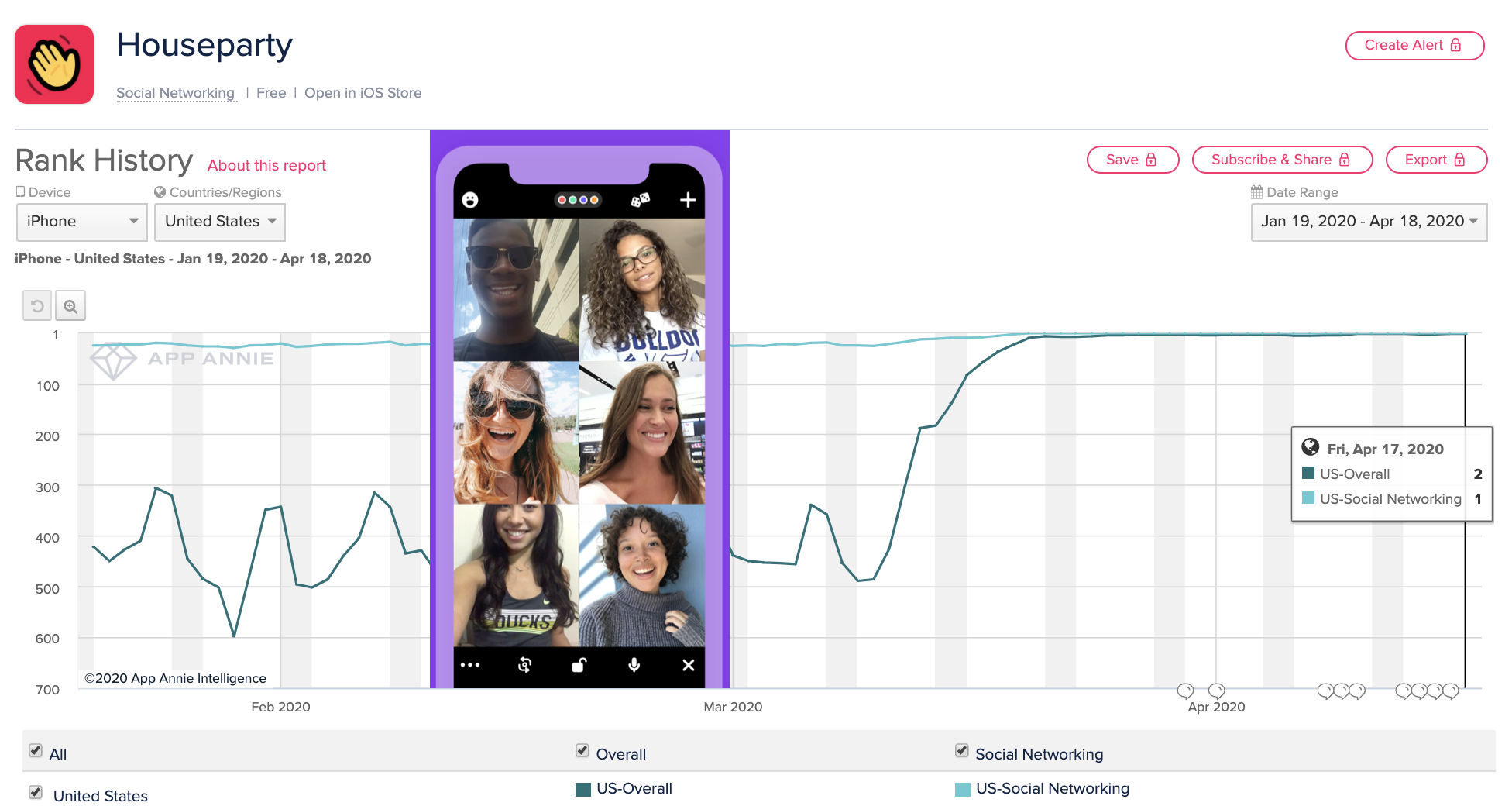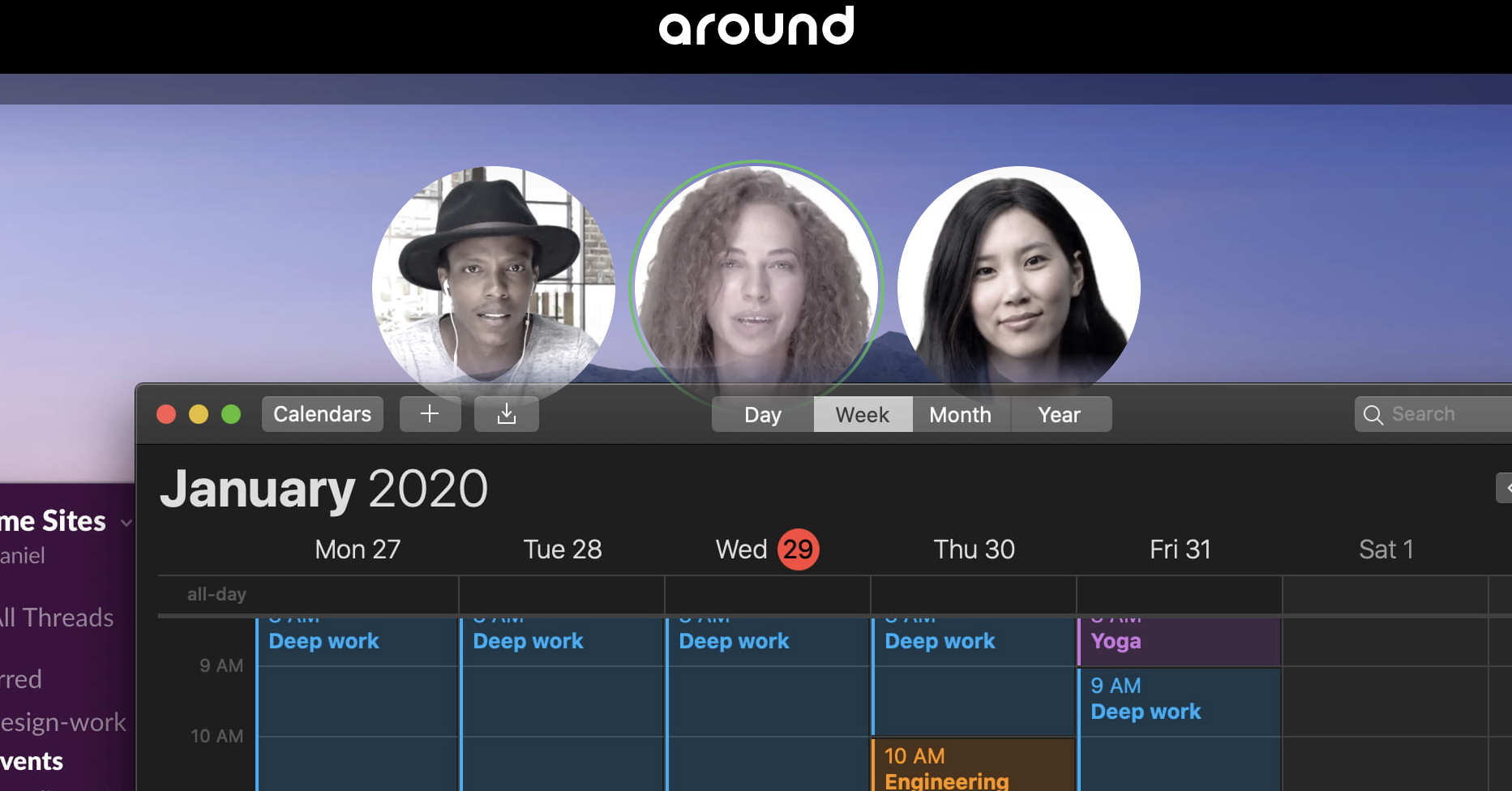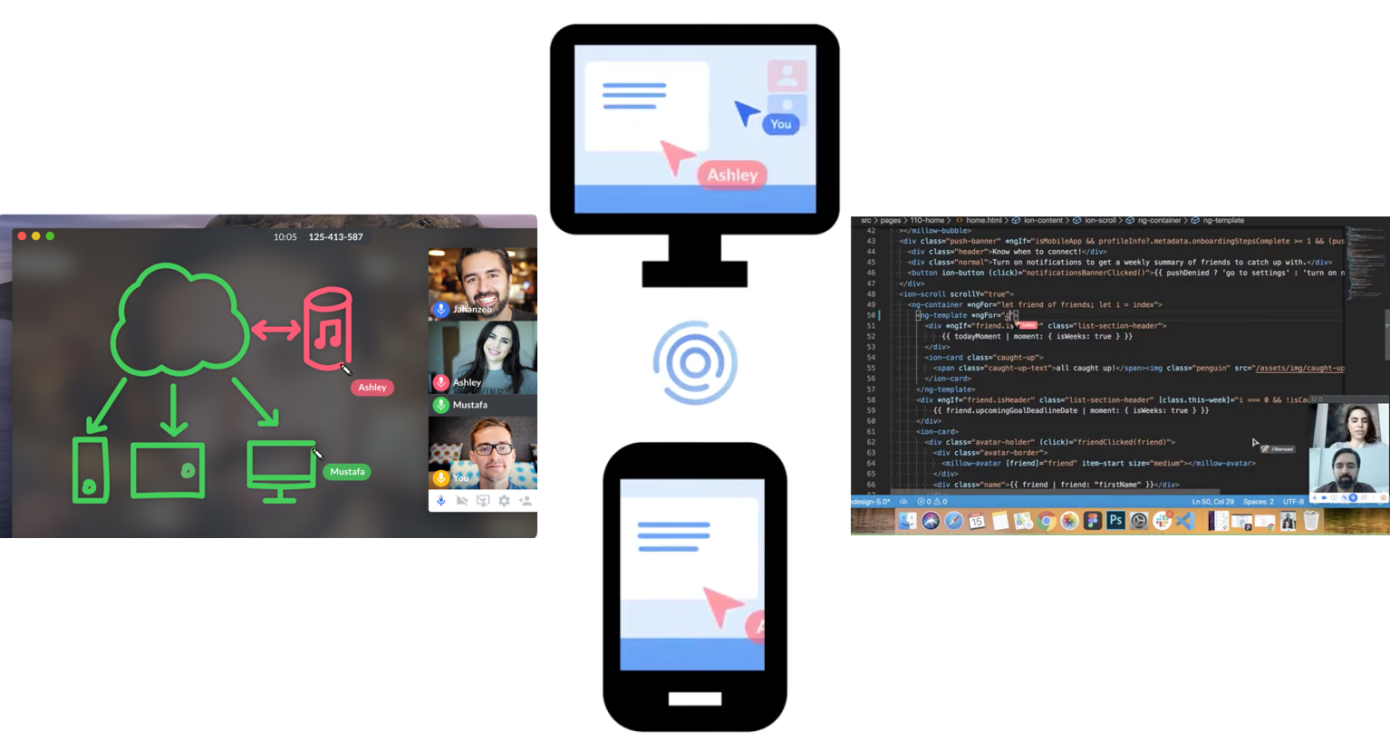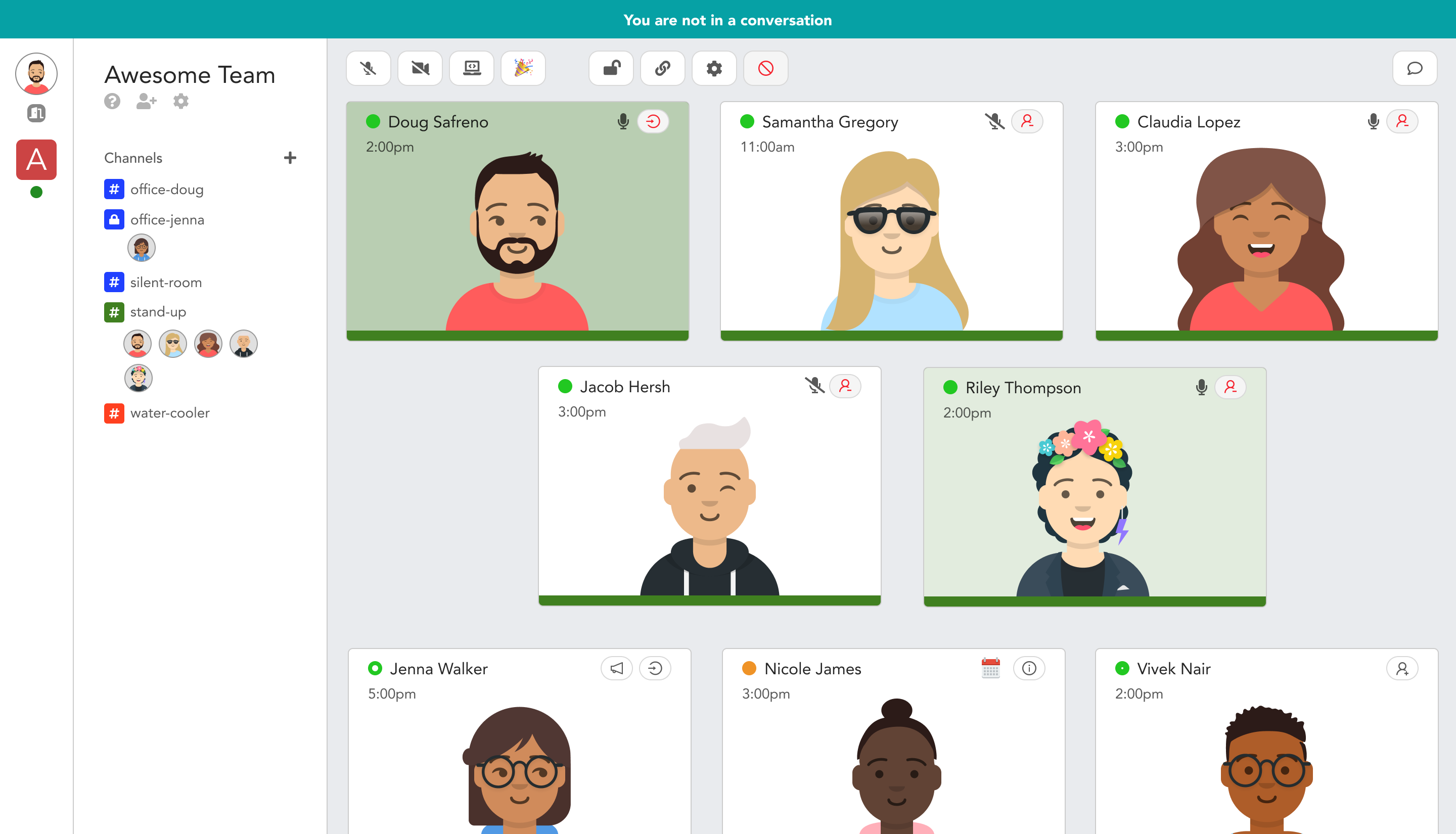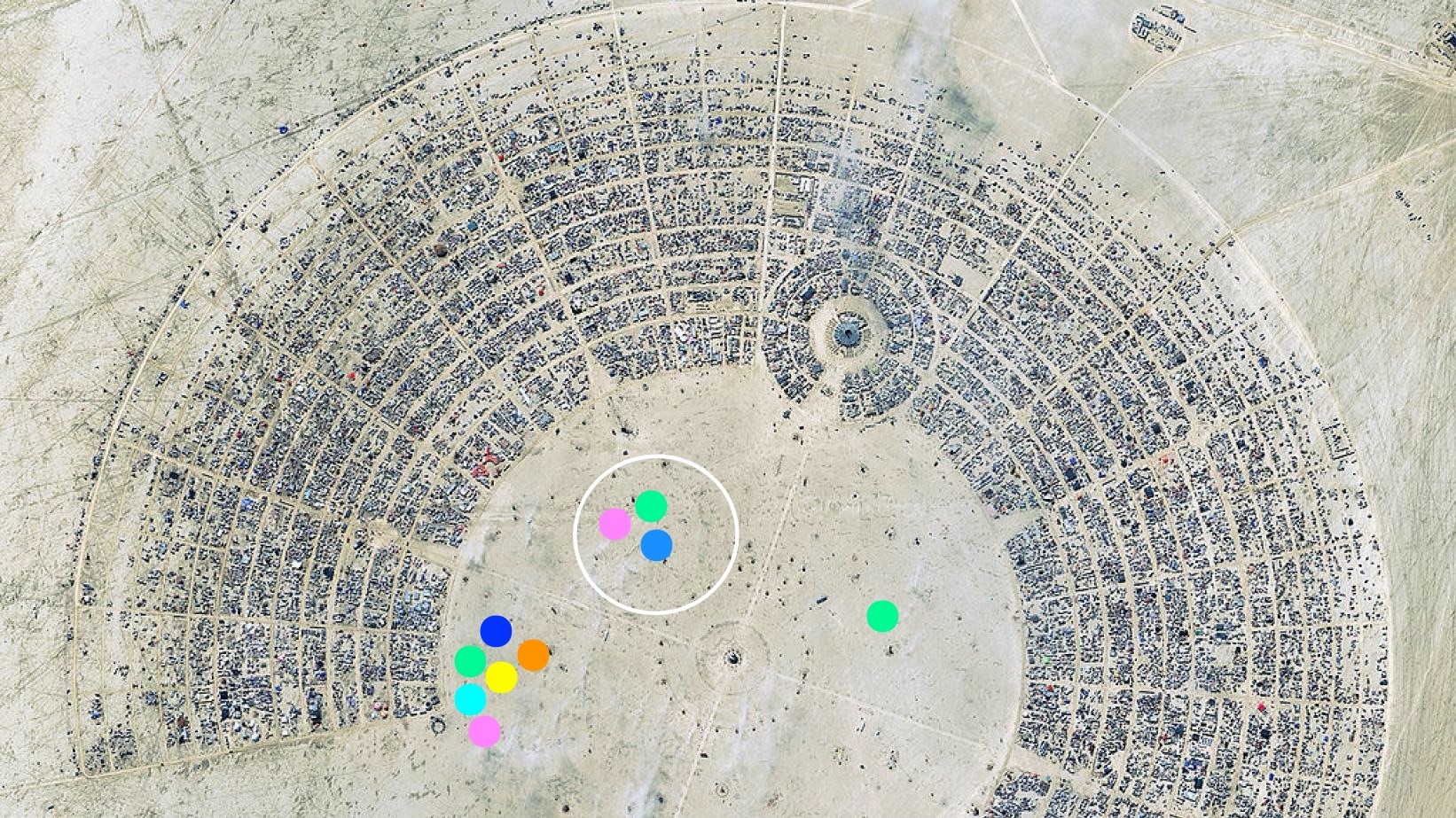Hey everybody, welcome back to Week in Review. The world of COVID-19 is our new reality, so I’ll continue to include links to some positive updates on research, but I’ll be shifting back the focus to covering tech’s movers and shakers of the week.
If you’re reading this on the TechCrunch site, you can get this in your inbox here, and follow my tweets here.
The big story
One thing that’s been interesting to see over the past few weeks is how our relationship with screen time has changed. For many, screen time is now all the time and while we haven’t stopped using too many gadgets, there are some we’ve taken out of drawers and closets and added to our repertoire.
For some, it’s been cooking gadgets. While I’ve yet to open up the sous vide gadget I received over the holidays, I was very tempted by my editor’s review of the Ooni gas-fired outdoor pizza oven this week. For me, I’ve strangely seemed to spend a lot more time with the two gadgets I own that are made by Facebook. The currently sold-out Oculus Quest and Facebook Portal are the twin pillars of Facebook’s hardware strategy, but it’s been a bit interesting to see how much more that strategy seems to thrive when we’re all stuck at home.
In a lot of ways, Facebook’s hardware feels built for a quarantine.
The Quest spent a lot of time in my closet when I was out in the world pre-quarantine, but now that I’m in my house most of the day, it spends a good amount of time strapped to my face. When VR was a more hyped technology, there was a broader conversation of whether it encouraged isolation, something promoters of the tech pushed aside, noting that it enables rich shared experiences over the web. As we all host Zoom birthday parties and visit each other’s Animal Crossing islands, it’s becoming clear that with the absence of available physical connections, we can turn a lot of things into rich shared experiences.
In a lot of ways, the Quest is a reminder of what I’m missing out on. The walls of my SF apartment feel less containing when I can hop into a VR workout or jump between games. For the first time, the technology has felt transportive in the way that the ads sold it, but it’s not that the experiences have gotten better, the world has just gotten much worse.
In the same way that VR allows us to re-skin isolation, the Portal allows us to commiserate in it.
My Portal usage has spiked in the past weeks as well. Before stay-at-home orders, coordinating a call with multiple family members was a logistical nightmare and FaceTime calls made it more likely we’d get in touch with each other, but none of my siblings are wandering far from their Portals these days.
We are all still on our phones, but for those of us working from home, mobile we are not. It’s always been fascinating that a tech company which has wildly succeeded at capturing the nuances of mobile computing has been so devoted to selling hardware meant to move us around the internet while staying in place at home. Now, that we are all at home, we are all always there and the Portal really lives up to its name.
Facebook has designed gadgets explicitly built for home use, and more than that, they’re designed devices built around session-based use cases. While Amazon Echos and Google Homes have fit into a persistent IoT platform that are always there for us, Facebook’s gadgets are more high-maintenance, designed for people to fully commit to. For a company that’s focused on the universal nature of its software, its hardware has been built for almost no one’s needs, instead designed to pull people into a future Facebook imagines.
For now, I put the Quest on my face and sometime I tell the Portal to call my sisters, but will these quarantine oddities form tech habits I hold onto after this is all behind us? In these historic times, we are at home and we are craving connections, and, for the time being, the Facebook future feels good.
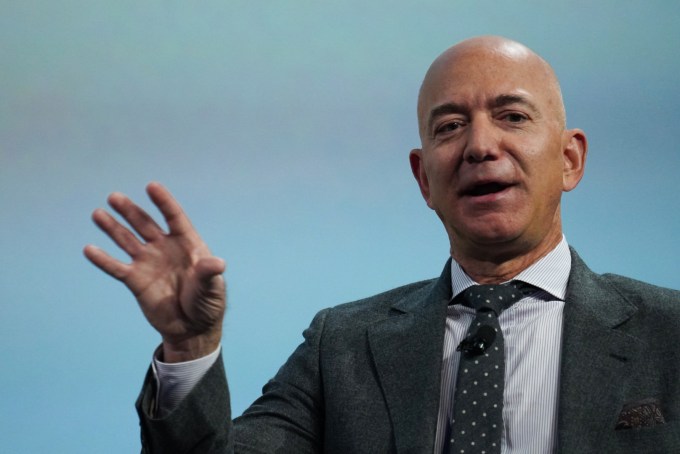
Trends of the week
Here are a few big news items from big companies, with green links to all the sweet, sweet added context:
- Bezos wants to test all Amazon employees for COVID-19
As Amazon bares the brunt of America’s online shopping needs, CEO Jeff Bezos wrote in a shareholder letter this week about some of the strategies the company has to ensure its workforce stays on the job. One possibility seems to be “regular testing of all Amazonians, including those showing no symptoms,” Bezos says. Read more here. - Google is building a smart debit card
Just as every startup is getting into lending or banking, every tech giant wants to have a piece of plastic (or metal) in your wallet. This week, TechCrunch broke news that Google is building a smart debit card that could rival the Apple Card. Read more about it here. - Apple launches a new iPhone SE
The iPhone SE has grown to become one of the more fascinating devices Apple sells, cramming speedy components into a form factor that’s fallen out of vogue for their customer obsessed with the latest designs. The latest SE adopt the body of the iPhone 8 with souped-up internals that rival more recent flagships on performance. Read more about the new hardware here.

Photo by Andrew Theodorakis/Getty Images
COVID-19 Research
Here are some of the stories this week chronicling the fight against the coronavirus pandemic.
- FDA debuts new online portal to encourage donation of plasma from recovered COVID-19 patients
- Mammoth Biosciences receives first peer-reviewed validation of CRISPR-based COVID-19 test
- FDA authorizes production of a new ventilator that costs up to 25x less than existing devices
- FDA clears N95 decontamination process that could clean up to 4 million masks per day
- MIT developed a wireless box that can detect COVID-19 patients’ movement and breathing at home

Extra Crunch
Investors and entrepreneurs are shifting their chats to Zoom, so we’re taking note and hosting live Q&A discussions for our Extra Crunch subscribers with some of tech’s most visible figures. We’ll be hosting these Extra Crunch live chats over the next several weeks.
Announcing the Extra Crunch Live event series
- This upcoming week, we’ll be talking to Aileen Lee & Ted Wang of Cowboy Ventures.
Monday, April 20 at 10:30am PT / 1:30pm ET
We’ll be chatting with Aileen Lee (former KPCB partner, founder and managing director at Cowboy.vc and coiner of the term “Unicorn”) and Ted Wang (Cowboy.vc partner, former partner at Fenwick & West, and former outside counsel to Facebook, Twitter, Dropbox, Square and more) about how they’re advising their portfolio companies, if there are new and innovative ways for early-stage startups to secure capital beyond the traditional VC route and whether startups should hunker down or lean in during these uncertain times.


 rainbow: Learn about my lil' homie Amos in "Rainbows in Windows," a free book by my friends at
rainbow: Learn about my lil' homie Amos in "Rainbows in Windows," a free book by my friends at  The most buzzy of these startups is Clubhouse, an audio-based social network where people can spontaneously jump into voice chat rooms together. You see the unlabeled rooms of all the people you follow, and you can join to talk or just listen along, milling around to find what interests you. High-energy rooms attract crowds while slower ones see participants slip out to join other chat circles.
The most buzzy of these startups is Clubhouse, an audio-based social network where people can spontaneously jump into voice chat rooms together. You see the unlabeled rooms of all the people you follow, and you can join to talk or just listen along, milling around to find what interests you. High-energy rooms attract crowds while slower ones see participants slip out to join other chat circles.
